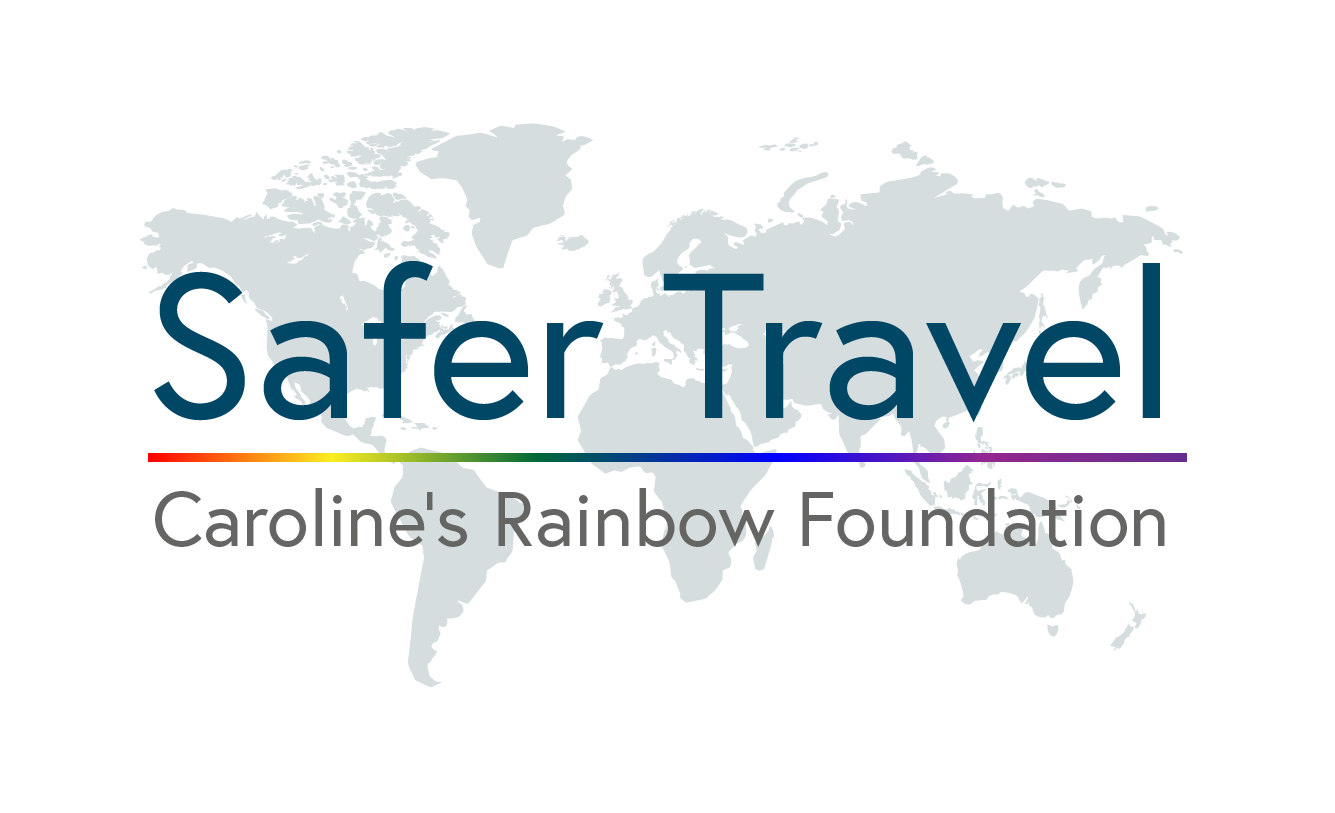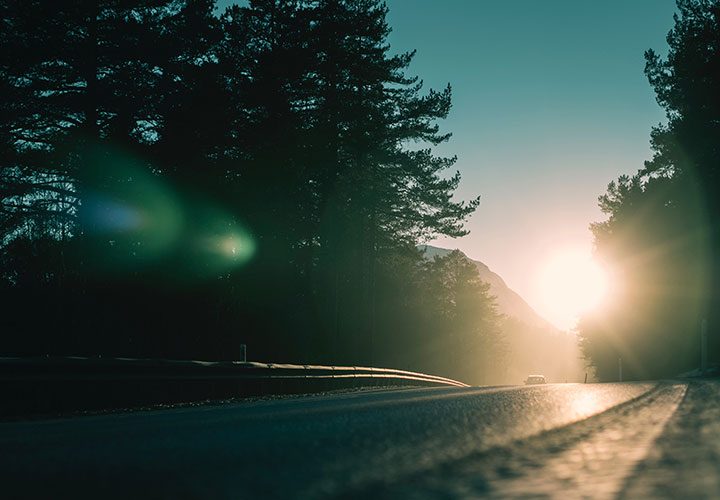Travelling during the Winter Season
Even though beach holidays and travelling in the summer months are the way most people travel, planning a trip during Winter and going to countries of colder climates have so much to offer. Travelling at this time of year also comes with the added benefits of airports being less busy and flights sometimes cheaper which helps to escape the poor English weather and experience a true winter.
The ski season in Europe happens between December and April and is a popular time to travel to destinations such as Switzerland and France stay at ski resorts and take part in Winter activities such as skiing and snowboarding. The most popular ski resort in Europe is Andermatt, Switzerland due to its weather cycle and its variety of terrain and snow quality which makes it a perfect place to ski. Even though a ski trip can just be for a few days, many people stay for the entire season and is also a popular type of holiday during a travel gap year. A typical day at a ski resort normally involves starting the day fuelling up with breakfast before starting your winter sports. For beginners, this will include taking lessons and staying with the instructor, or for the experienced going off and doing your own thing. Travelling around the mountains and resort will be done via ski lifts and shuttle busses, this gives an opportunity to see some of the beautiful scenery and the weather you’re surrounded by. The day will normally end with an evening meal and then taking some time to rest in the beautiful surroundings. This includes relaxing in the hot tub or jacuzzi and visiting a spa, having drinks near the log fires in the chalets or even going to the bar.
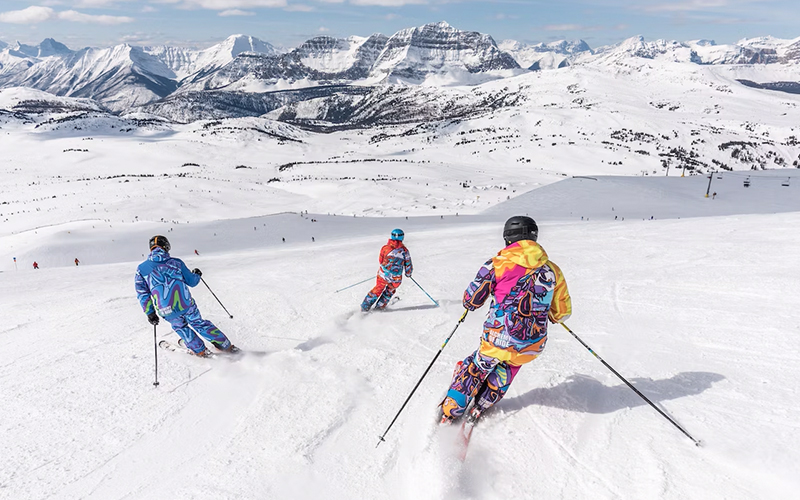
For those who are already skilled in a winter sport, a good way to make money whilst travelling, especially if you are staying for the full ski season, is to teach the sport to beginners and visitors. The best-paid destination for ski instructors is France, the hourly rate starts at around 25 euros and can go up to 45 for those who have higher qualifications and more experience.
There are other activities to try in cold destinations, cold water swimming has become more popular in recent years due to the health benefits that have been associated with it. It is popular in parts of northern Europe such as Russia, Sweden and Norway and has now become an activity people at least try when visiting some of these colder destinations. A very common tradition is a method called contrast therapy, which is when you emerge yourself in the cold water before going into a sauna which is filled with hot, dry heat.
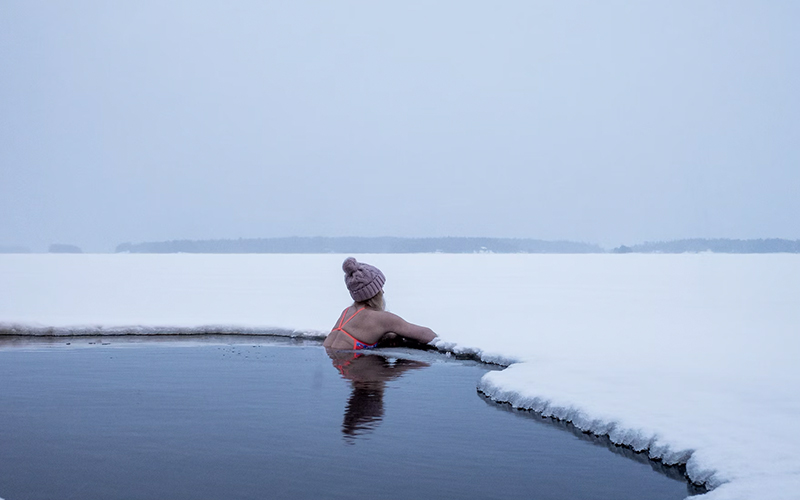
The rise in knowledge and research on cold water plunges has also encouraged people to buy cold water plunge tubs and baths for their homes to enjoy the same benefits as they would swimming. Someone who speaks highly of cold-water plunges is Wim Hof, an extreme athlete who created the ‘Wim Hof Method’ which includes breathing, cold therapy and commitment. He says this method helps us reconnect to ourselves and nature and help us to reach our full potential both physically and mentally by increasing our tolerance and controlling our breathing in low temperatures as it helps us connect to our inner strength as well as offers many health benefits.
The health benefits of cold-water plunges:
- Increased tolerance to stress, the cold water causes the body to create a stress reaction and putting our bodies in the state regularly helps reduce stress reactions in other situations.
- Many people believe that it helps increase immunity as it increases white blood cell production.
- Can improve sleep quality.
- Can boost mood and release anxiety, after being in cold water you will experience a ‘post-swim high’ due to the release of the hormone dopamine which is the happy hormone.
- Can reduce inflammation, redness and swelling of the body as well as speed up recovery from exercise.
Winter walking and mountaineering can be a great, rewarding challenge to try during a holiday in a colder climate. It offers a good opportunity to see the scenery from a different view and experience the sharpness of the cold wind and clear blue skies. Walking in winter is a different experience than in the summer months due to the added challenges of the weather conditions, which become more severe as you get closer to the summit of the mountain. Due to this, it is best to complete a winter walk by joining a guided walk with a leader which many of the most popular walking destinations offer. A popular one is Mont Blanc, the highest mountain in the Alps. This is a 7-day guided walk up the rocky mountain which people can pay to be led up the mountain whilst staying in hostels or dorms throughout. I highly recommend walking with a leader, even if you’re trying a shorter walk, as winter walking can be dangerous if you’re not experienced, the snow can cause paths to become hidden and unmarked so a leader will help navigate you to the summit safely.
If you’re planning a winter walk it would be a good idea to look at any specialised equipment you may need to take or rent, this could include crampons, hiking poles or ice axes.
Travelling in winter could also mean travelling over the Christmas period, and experiencing the holiday season in the snow and ice gives the true spirit of Christmas. Some of the most popular destinations to visit during the festive time of the year are Iceland, Denmark, Austria and Germany. Winter sports such as snowboarding and skiing and staying in a ski resort can be a great way to celebrate Christmas but other great ways include visiting local towns and villages, going to traditional Christmas markets or booking experiences tailored to the festive time. These include activities like ice skating, chasing the bright lights or seeing the animals.
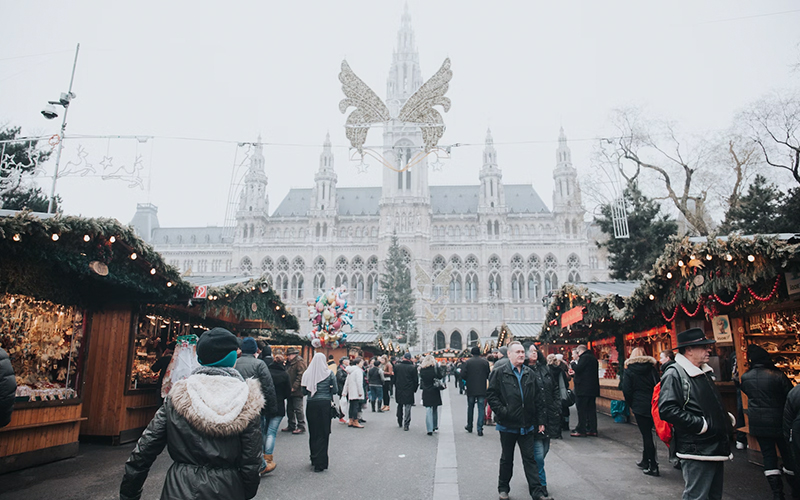
A famous annual tradition in destinations such as Austria and Germany are Christmas markets, they originally started by just selling meat for Christmas dinner however they now sell decorations, seasonal treats, crafts and presents. Normally surrounding the stalls are various themed entertainment, singing and dancing opportunities to gather people and encourage them to get into the festive spirit. The popularity of these markets has made them common now all over the world, especially in other destinations which are cold in December such as New York, France and the Netherlands.
These festive and more laid-back activities to try are a perfect way to kick back after your adventurous winter sports or a way for people to enjoy a winter holiday in a more relaxed way.
Safety is very important in a cold destination, taking part in winter activities can be lots of fun but also comes with risks, especially for those who are inexperienced. My advice is to research the destination and activity before you travel as the more knowledgeable you are the better you can be prepared. Preparation for safety could include buying specialised equipment for your activities and winter essentials. Not only this but making time with experienced people and taking part in lessons and courses to help you grow your skills and become more confident whilst you are there, so you can enjoy your trip.

Top tips for Travelling in Winter:
- Ensure you have suitable travel insurance, due to the weather conditions in the winter months there are a lot more flight cancellations or delays so ensure that your travel insurance will reimburse you. As well as this, you might need to look for insurance that will cover any costs of injuries from activities like skiing or snowboarding if you are planning to take part in them.
- Research about the destination you are going to, having knowledge will mean you are more prepared, and you can plan what you need to pack, what you want to do there and any precautions you must take.
- Pack layering clothes and thermals for the cold temperatures, they will keep you warm in the weather without taking up lots of room in your suitcase as you won’t have to pack as many big jumpers and coats.
- For walking in snow and ice try Yaktrax, this will save you money and space in your suitcase as you just put these onto your normal shoes to help stop slipping without having to buy and take special boots for the climate.
- Pack waterproof cases for your phones and cameras so you can still take your photos without fear of damaging them in the snow.
Written by Mia Lorriman
